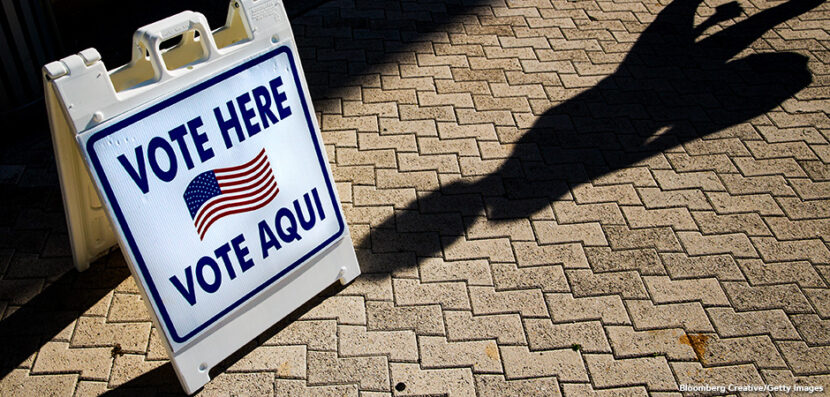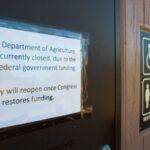
Changing Election Years?
It’s autumn, and you know what that means: once again, it’s election season! But what if elections happened less frequently? This year, 29 states have proposed legislation that would consolidate all elections to even-numbered years. So far, 12 states have put such laws into place. But why, and what does this mean for elections in the future?
The Current Election Model
Traditionally, presidential and midterm elections are held on even-numbered years, while local elections–such as for city councils, township trustees, school boards, and local issues–are held on odd-numbered years. In fact, many states require this separation in their state government constitutions. Currently, about 60 percent of U.S. cities hold their elections on “off-cycle” (odd-numbered) years.
Why is this? The long-held belief is that if local races are held at the same time as statewide and national ones, local races could get overshadowed by the larger, more publicized ones. Critics of the idea worry that voters would not be interested in a local city council race when there is a presidential race happening at the same time. There is also the related issue of fundraising to consider: how would a local candidate raise enough money when there is a state-level or national-level candidate running who also needs donations?
Another concern is longer ballots. When there are many candidates listed on a ballot, there is the danger that a voter will get bored partway through and not complete the ballot. (This is a phenomenon known as “ballot drop-off.”) Having a longer ballot also means that it takes longer for each voter to complete a ballot. This can lead to longer lines at polling places. So, some argue, it makes more sense to hold local elections on different years than statewide and national ones.
Time For a Change?
But today, there is a growing trend to move more local races to even-numbered (“on-cycle”) years. Why? The most important reason is voter turnout. Local races have historically low turnout. On average, only 10-25 percent of registered voters turn out for local elections. And that number has decreased over time. Putting all the races on the same ballot could improve that.
Shifting election dates would also impact who votes. Right now, the few people who do vote in local elections aren’t necessarily a fair representation of the community. Older, wealthier, more educated voters are the most frequently represented voters in local elections. And these voters are often less represented by people of color. But the pool of voters that turns out on even-numbered years is much more diverse. Therefore, holding local elections at the same time as statewide and national ones will pull in younger voters, more racially and ethnically diverse voters, and more economically disadvantaged voters. In other words, a broader representation of all voters in the community.
Cutting the number of elections in half can also present financial advantages. Elections are costly and require a lot of volunteers to run them safely and effectively. Holding elections in even years only will save taxpayers money and will make it easier for voting precincts to recruit the necessary volunteers. And maybe most importantly, it’s a lot more convenient for voters to show up to the polls every other year.
Does It Work?
So far, cities that have switched to on-cycle (even-numbered years) elections have seen a noticeable jump in voter turnout. In 2019, the Nevada legislature required that all local elections be moved to even-numbered years. After that, the number of people voting in “off cycle” (odd-numbered years) elections jumped from an average of 37,000, to more than 244,000. The same thing happened in Arizona, where Phoenix saw a jump from around 30 percent turnout to as high as 77 percent turnout.
While the biggest concern about the change–ballot drop-off–is a real possibility, the predicted increase in voter turnout would more than make up for it. And the voting public seems to agree. About seventy percent of U.S. Republicans and Democrats alike are in favor of this change.


